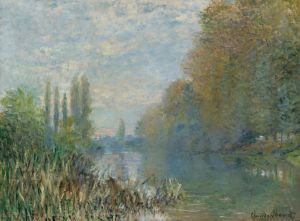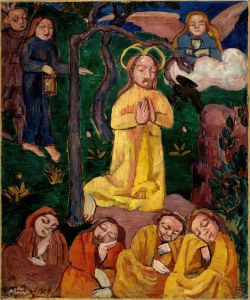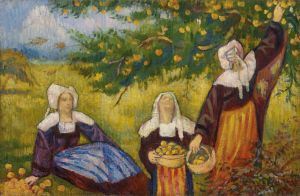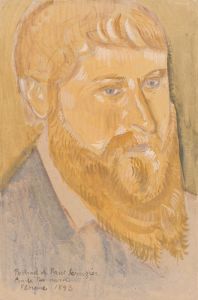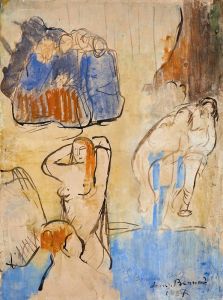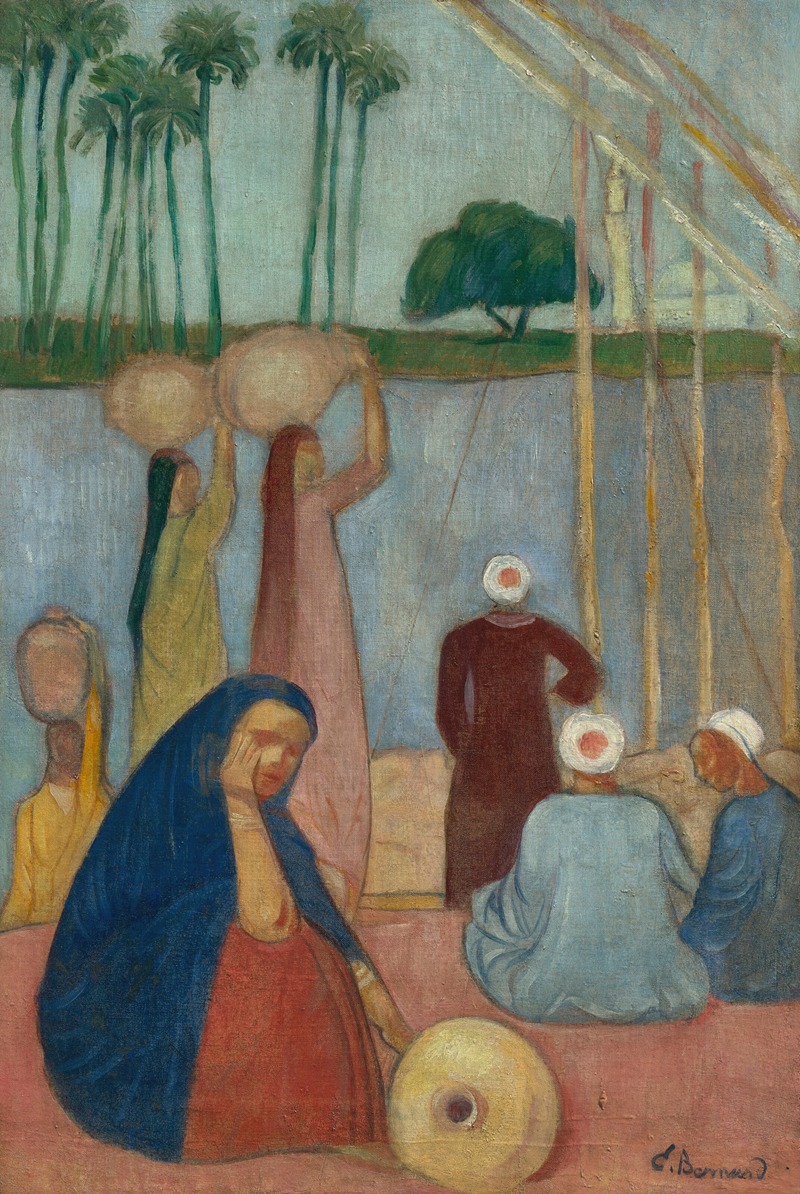
Les Bords du Nil
A hand-painted replica of Emile Bernard’s masterpiece Les Bords du Nil, meticulously crafted by professional artists to capture the true essence of the original. Each piece is created with museum-quality canvas and rare mineral pigments, carefully painted by experienced artists with delicate brushstrokes and rich, layered colors to perfectly recreate the texture of the original artwork. Unlike machine-printed reproductions, this hand-painted version brings the painting to life, infused with the artist’s emotions and skill in every stroke. Whether for personal collection or home decoration, it instantly elevates the artistic atmosphere of any space.
Émile Bernard's painting Les Bords du Nil (The Banks of the Nile) is a work by the French Post-Impressionist artist, who is known for his contributions to the Symbolist and Cloisonnist movements in the late 19th and early 20th centuries. Bernard, born in 1868, was a contemporary and collaborator of artists such as Paul Gauguin and Vincent van Gogh. His work often explored themes of spirituality, exoticism, and the human condition, reflecting his interest in diverse cultures and philosophies.
Les Bords du Nil was created during Bernard's travels in Egypt, where he lived from 1893 to 1903. This period marked a significant shift in his artistic focus, as he became deeply inspired by the landscapes, architecture, and cultural heritage of the region. The painting depicts a serene view of the Nile River, with its lush banks and tranquil waters. Bernard's use of color and composition in this work reflects his mature style, which combined elements of Symbolism with a more naturalistic approach.
The painting captures the essence of the Nile's timeless beauty, emphasizing the harmony between nature and human life along its shores. Bernard's attention to detail and his ability to convey the atmosphere of the scene demonstrate his skill as a painter and his sensitivity to the environments he encountered during his travels. The work is also notable for its departure from the more experimental techniques of his earlier Cloisonnist period, showcasing a more restrained and contemplative aesthetic.
While Les Bords du Nil is not as widely recognized as some of Bernard's other works, it remains an important example of his artistic evolution and his engagement with the cultural and natural landscapes of Egypt. The painting is part of Bernard's broader body of work that reflects his fascination with the exotic and the spiritual, themes that were central to his artistic vision.
Further details about the painting's current location, provenance, or specific historical context are not readily available in public records. However, it stands as a testament to Bernard's ability to capture the essence of a place and its cultural significance through his art.





![Excavated temples of Aboosimble [Abû Sunbul], Nubia.](/imgs/217481/s/david-roberts-excavated-temples-of-aboosimble-abu-sunbul-nubia-2ca5e7e8.jpg)
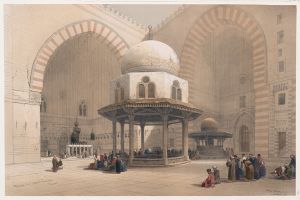
![Pyramids of Geezeh [Giza].](/imgs/217529/s/david-roberts-pyramids-of-geezeh-giza-edcbd9cd.jpg)
![Temple at Esneh [Isnâ]. Nov. 25th, 1838.](/imgs/217542/s/david-roberts-temple-at-esneh-isna-nov-25th-1838-c31fdf34.jpg)
